Arabica Coffee beans Blue Mountain Coffee beans belong to Arabica varieties? hand brewing advice?
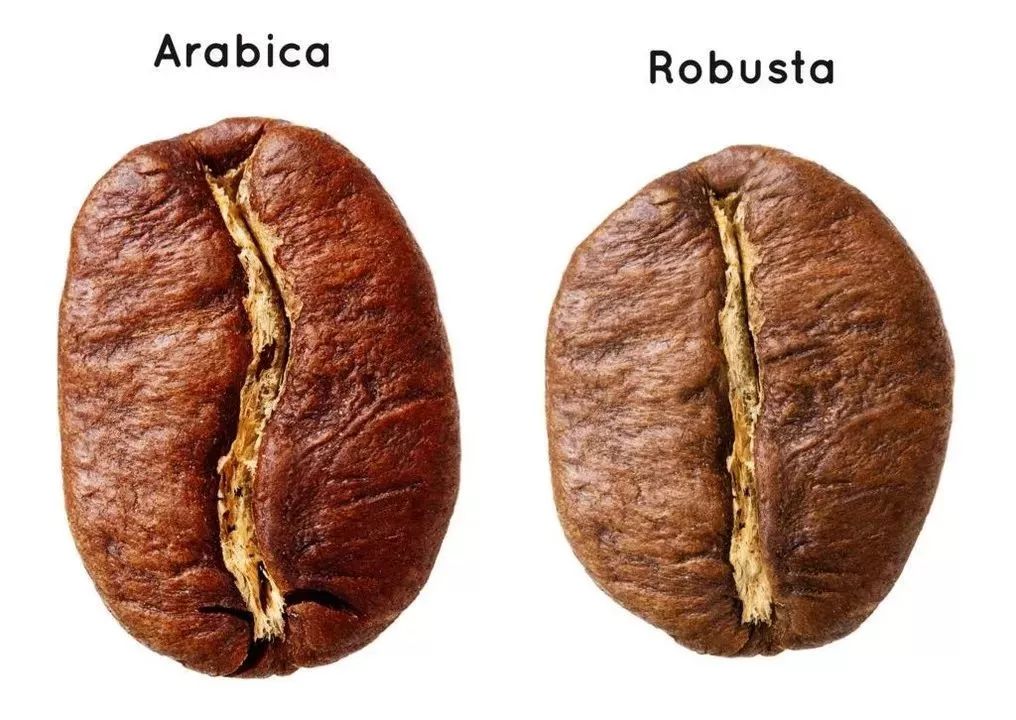
Arabica and Robusta are the two familiar varieties of coffee, and they are also the two most commonly used for commercial cultivation in the world. Among them, the flavor of Arabica coffee beans is better than Robusta, which is why the coffee beans used in some stores are marked with 100% Arabica coffee beans.
What are Arabica coffee beans?
Arabica coffee beans, also known as small seed coffee, originated in the Ethiopian plateau and are now widely cultivated because of their excellent flavor and quality, accounting for 70% of the world's coffee production. Like the Ironka, Bourbon, Rosa and so on, which we usually hear, all belong to Arabica coffee.
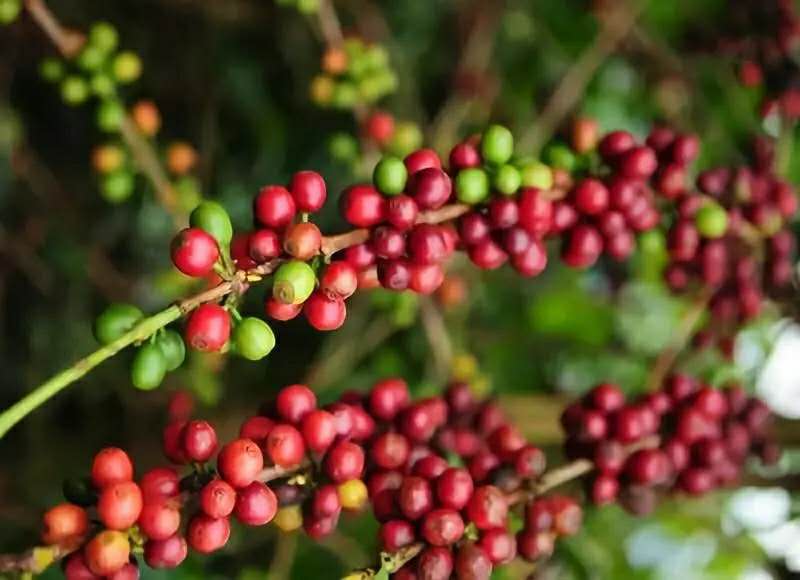
Arabica species are very sensitive to the requirements of the growing environment, so the areas suitable for the growth of Arabica coffee trees are mostly located in the coffee belt with alpine terrain between the Tropic of Cancer. Arabica requires an altitude of 800-2000 meters for growth. The higher the altitude, the better the quality of the coffee. Arabica coffee is currently the most widely distributed variety of coffee. Arabica coffee is grown in Asia, Central and South America and Africa. Countries such as Ethiopia, Kenya, Panama, Colombia and Brazil are famous producers of Arabica coffee.
What kind of coffee does Blue Mountain Coffee belong to?
Jamaica Blue Mountain No. 1 coffee is famous. Some people like its clean taste, others like its chocolate flavor. Coffee has been grown in the Blue Mountains since the 18th century (of course, a few years ago, Jamaica introduced Yegashifi coffee and Panamanian roses for research). And the authentic Blue Mountain No. 1 coffee beans we can taste are 100% iron pickup coffee.
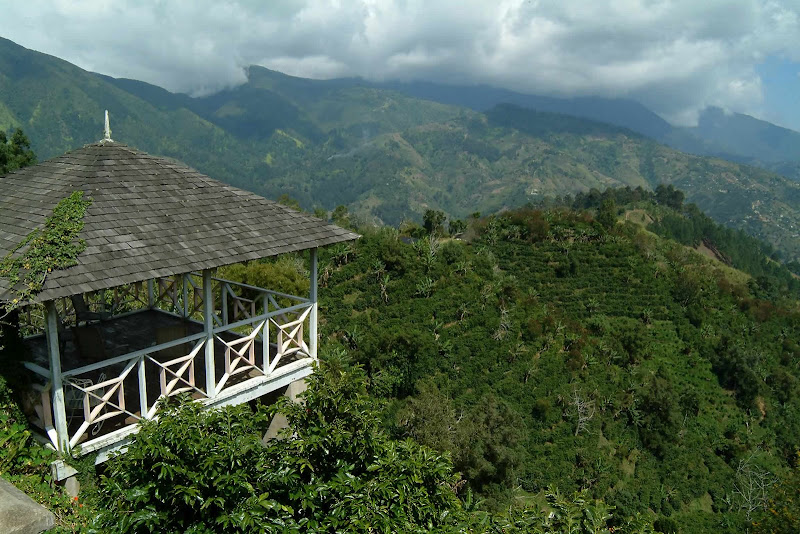
Iron pickup coffee is the oldest Arabica species. The top leaves are bronzed, the leaves are long and oval, the leaves are smooth, the tree is tall, the branches are slightly inclined, and the flavor is elegant, but the physique is weak, the disease resistance is poor, and the coffee yield of each tree is very low. The end of the coffee tree of the iron pickup variety has long branches and few branches, while the flowers are white and open at the base of the petiole connecting the branch. the ripe coffee fruit is bright red and looks like a cherry, and the bean body of the coffee bean is oval or thin.
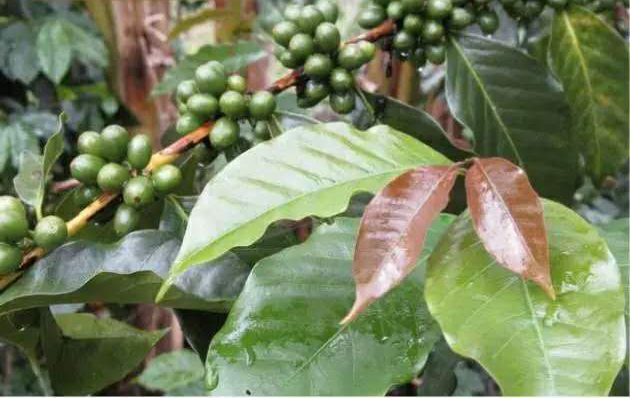
It is also because Blue Mountain Coffee has always maintained a single and excellent coffee variety, which makes its flavor clean and delicious. The Blue Mountains are surrounded by the Caribbean Sea. Whenever the weather is clear, the sun shines directly on the blue sea, and the peaks reflect the bright blue light of the sea, hence the name. The highest peak of the Blue Mountains, which is 2256 meters above sea level, is the highest peak in the Caribbean and a famous tourist attraction. Located in the coffee belt, with fertile volcanic soil, fresh air, no pollution, humid climate, foggy and rainy all the year round, with an average precipitation of 1980 mm and a temperature of about 27 degrees, the climate is very suitable for the growth of iron pickup coffee.
Of course, if you see that some other producing countries also grow coffee beans with blue mountain coffee varieties, this is actually talking about the iron pickup coffee introduced from the blue mountain area, because the coffee trees will adapt to the local environment over time. For example, the shape of the same iron pickup, Sumatra iron pickup and Blue Mountain iron pickup is also slightly different.
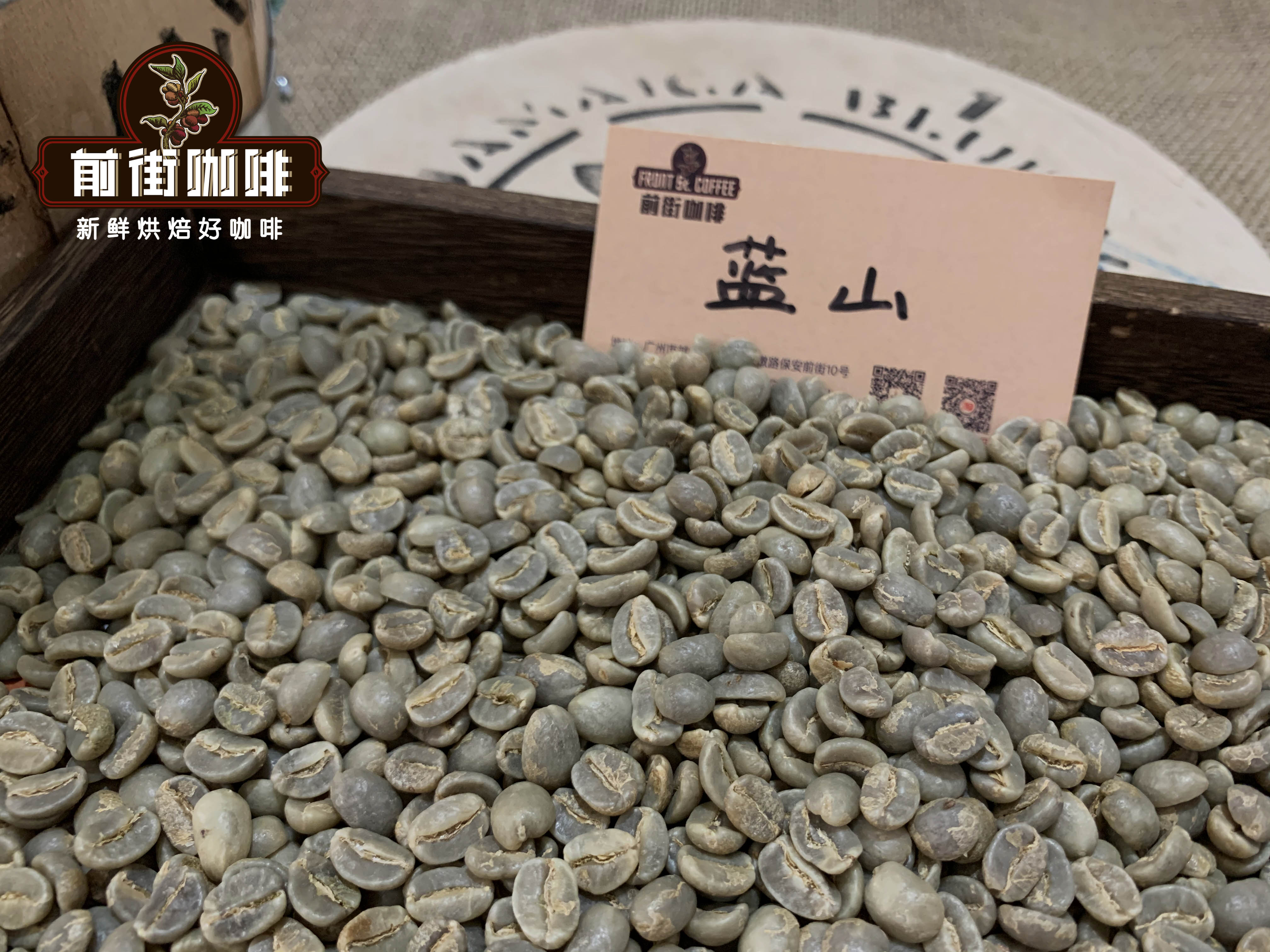
Jamaica is an island, and the iron pickup is less affected by other kinds of coffee, retaining the flavor of the old tin card, plus the prestige of Blue Mountain Coffee. Therefore, when other countries introduce Blue Mountain's tin card, they will directly call it Blue Mountain Coffee.
Blue Mountain Cooking suggestion in Qianjie
Blue Mountain Coffee is an excellent and clean taste and is very suitable for hand brewing.
Amount of powder: 15g
Powder / water ratio: 1:15
Water temperature: 88 ℃
Grindability: the pass rate of No. 20 standard sieve is 75%.
Filter cup: KONO filter cup
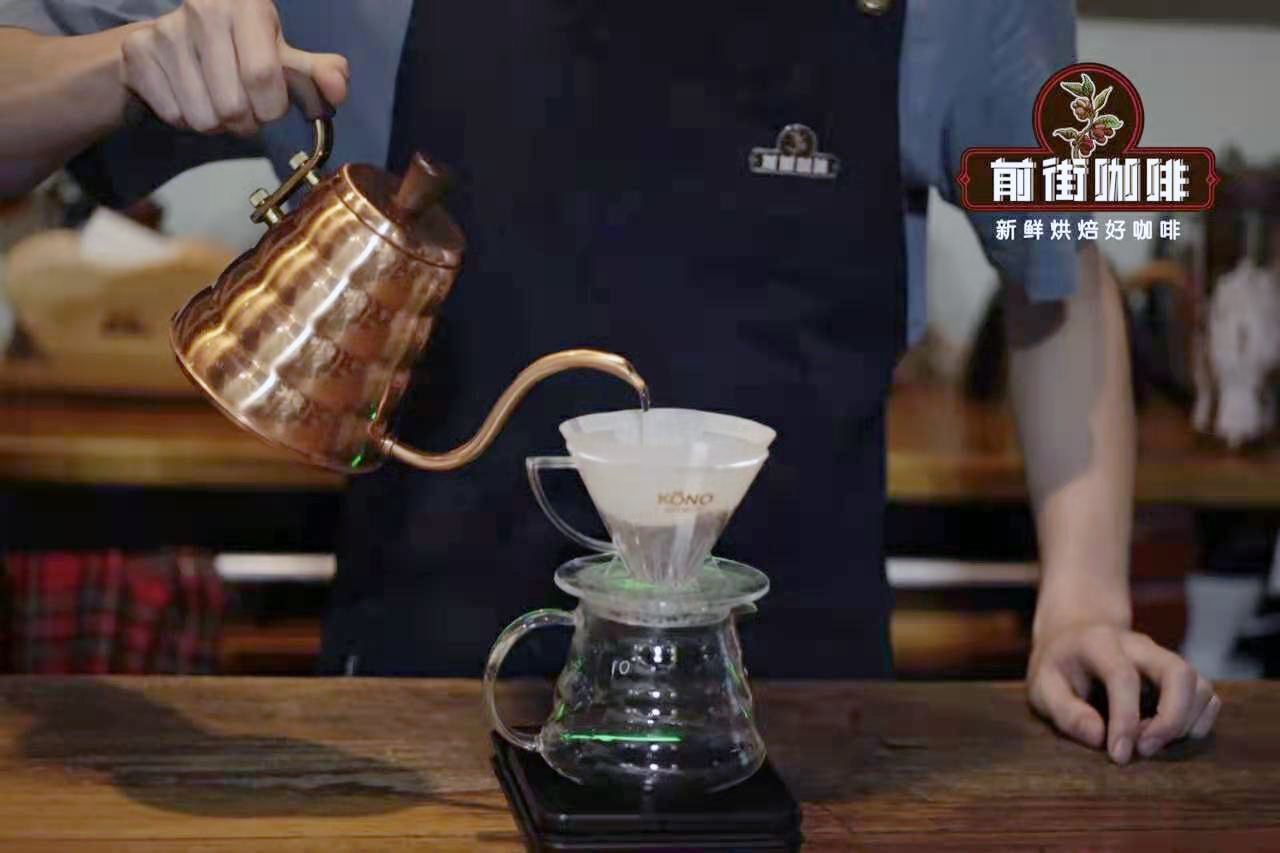
Cooking technique: 30 grams of water for steaming for 30 seconds, and then small water center slowly circle outward injection of 100 grams, that is, the electronic scale shows 130 grams. Then when the powder layer drops to 1 stroke, 65 grams of water is injected into 2 places, reaching a total of 195 grams of water. After all the coffee liquid of the filter cup flows into the next pot, remove the filter cup and end the extraction. The total cooking time is 1 minute 52 seconds.
Flavor: this punch shows a clean blue mountain taste, chocolate and nut flavor, acidity, sweetness and bitterness reach a balance.
Professional coffee knowledge exchange more coffee bean information please follow the coffee workshop (Wechat official account cafe_style)
For more boutique coffee beans, please add private Qianjie coffee on Wechat. WeChat account: kaixinguoguo0925
Important Notice :
前街咖啡 FrontStreet Coffee has moved to new addredd:
FrontStreet Coffee Address: 315,Donghua East Road,GuangZhou
Tel:020 38364473
- Prev
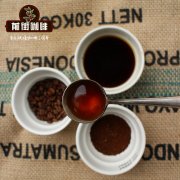
Luckin Coffee's performance falsified and shorted Luckin Coffee reported that Luckin Coffee's share price plummeted.
Professional coffee knowledge exchange more coffee bean information please follow the coffee workshop (Wechat official account cafe_style) front street-Luckin Coffee fraud incident these days, a muddy water company issued by Luckin Coffee short report set off an uproar in the capital market, once tried to kill Starbucks company instantly fell off the altar. See it rise a tall building, see it feast guests, see its building collapse
- Next

Types and characteristics of coffee-what are the varieties and characteristics of Blue Mountain Coffee beans
Professional coffee knowledge exchange more coffee bean information please follow the coffee workshop (Wechat official account cafe_style) Front Street-Jamaica Blue Mountain Coffee We all know that in the world of individual coffee, it is basically about the origin, variety and roasting, which have a great impact on the coffee flavor. And Blue Mountain Coffee (Blue Mountain Coffee) is one of the places where coffee comes from.
Related
- Beginners will see the "Coffee pull flower" guide!
- What is the difference between ice blog purified milk and ordinary milk coffee?
- Why is the Philippines the largest producer of crops in Liberia?
- For coffee extraction, should the fine powder be retained?
- How does extracted espresso fill pressed powder? How much strength does it take to press the powder?
- How to make jasmine cold extract coffee? Is the jasmine + latte good?
- Will this little toy really make the coffee taste better? How does Lily Drip affect coffee extraction?
- Will the action of slapping the filter cup also affect coffee extraction?
- What's the difference between powder-to-water ratio and powder-to-liquid ratio?
- What is the Ethiopian local species? What does it have to do with Heirloom native species?

